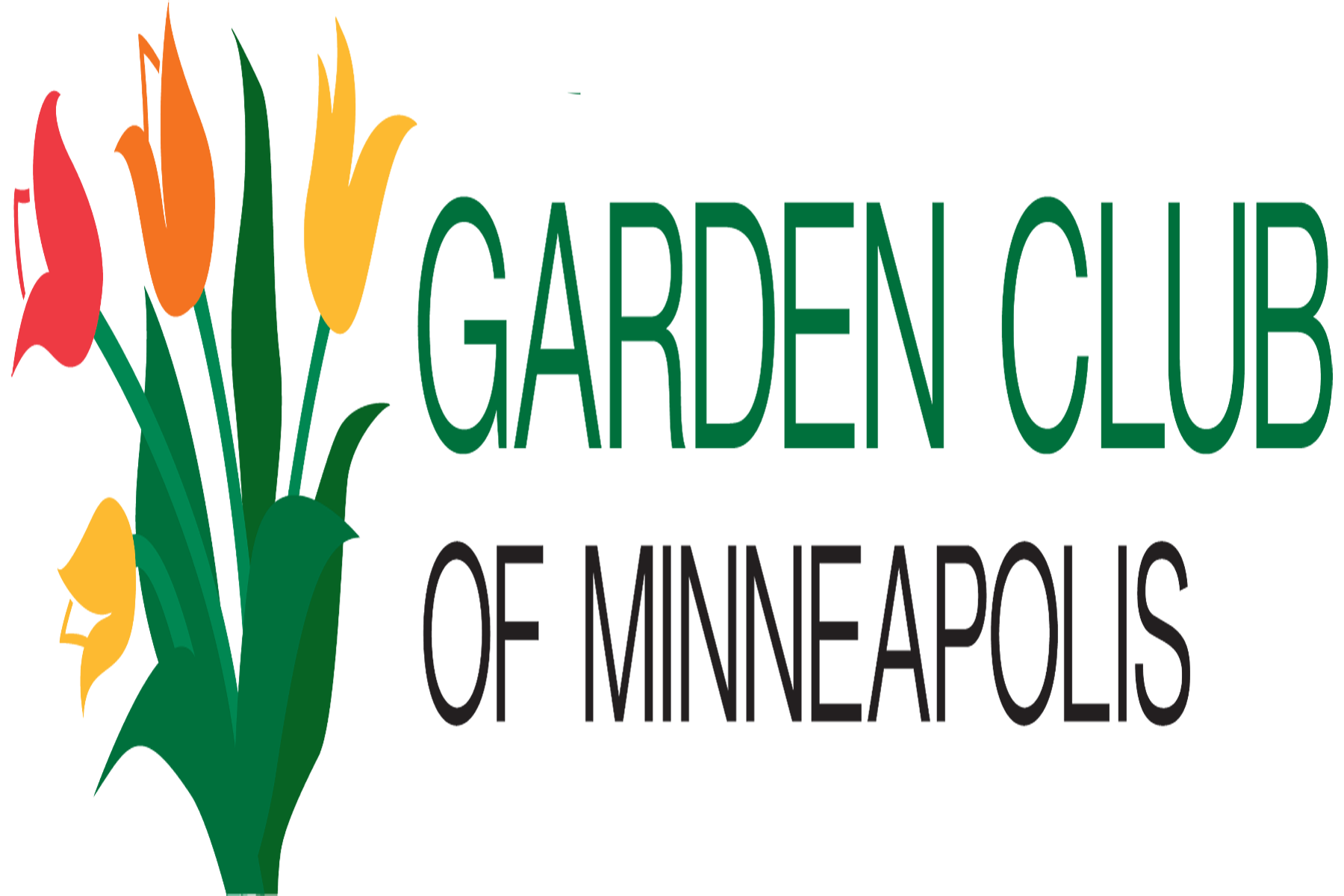Making the Cut – Bringing Flowers in from Your Garden
Most gardeners enjoy growing flowers for the beauty they bring to outdoor areas. But we also like cutting blossoms and bringing them indoors in vases. For advice on how to cut and care for your own fresh cut flowers, try the following rules.
- Rule 1: Before cutting flowers, wash your buckets, vases and pruners with a mix of 1 tablespoon of bleach to 1 gallon of water, let sit for a few minutes, rinse out and then fill with clean water, about 1/3 full. Bacteria growth in the water will clog the flower stem and prevent the flower from staying hydrated so these hygiene steps are well worth the effort. Buckets that are clean enough to drink out of is the rule of thumb. Cut your flowers in the cool of the day, morning or evening. Use a sharp pruner and cut at an angle. The angle cut allows water to flow up into the stem.
- Rule 2: Remove any leaves on the stem that will be in water. Foliage covered with water will rot, cause discolored water, and stem blockage. Bacteria-blocked stems are unable to supply needed water to the living flower, and they will deteriorate more rapidly.

- Rule 3: Take a container of lukewarm water along to the garden. Immediately after cutting, place the stems in the water. We have all seen the pictures of people in cute garden hats with wicker baskets, strategically laying the cut flowers in the basket. This might be movie worthy, but not a good idea. Take the time to bring water with you in a container – it really does matter!
- Rule 4: Always use tepid water in your vases. Cold water has a higher oxygen content, which can cause air bubbles to form in the stems of your flowers, blocking their water uptake.
- Rule 5: Do a little research ahead of time to know at what stage to harvest certain flowers. For example, a Sunflower should be cut when the petals start opening away from the center disk. A Peony should be cut before it opens at all, when the bud feels like a marshmallow.
Keeping your hydrangeas beautiful indoors

These popular Minnesota flowers are beautiful when they are on the shrub. But they tend to die quickly when cut and brought indoors. Here are some tips to keep them looking fresh for days. (Please note, hydrangeas are poisonous to pets, so keep them outside or out of reach of inside pets.)
Dipping cut hydrangeas in alum is one of the most popular methods of preventing wilt. Alum can be found in the spice or baking aisle of most grocery stores. After cutting, simply dip a small section of the hydrangea stem into the alum powder before putting the flower in a vase. This process will help the flowers with water uptake. If the use of alum is not an option, many suggest dipping the stem of hydrangeas in boiling water after cutting. Place the bottom inch of the stem directly in the water for about thirty seconds.
If hydrangea flowers still wilt, many can be revived with a thorough soaking. To do so, fill a clean bucket with water and turn the flowers upside down and place the heads in water. Allow the flowers to soak for several hours then remove, shake off the water and place them in a vase. This additional hydration should fully restore freshness to the hydrangea blooms. This process also removes bugs.
Have a special Occasion?
If you cut them one day and want to have them out for a special occasion the next day you can place the container with water and flowers in a refrigerator set at 35° to 40°F for 3 to 12 hours. Cooling permits the plant to take up more water than it releases and helps hold flower freshness.
What are other great flowers for cutting?
Zinnias! Use the “Wiggle Test”!
Fortunately, zinnias make an excellent, long-lasting cut flower, so harvesting regularly is a pleasure. Cutting also helps promote additional blooms.
Use the wiggle test to decide which stems are ready to be cut. Grab the stem about six inches below the flower and gently wiggle it back and forth. If the flower head flops on top of the stem, the flower is too immature to pick.
Some good options for flowers that keep producing even after you cut some for floral arrangements include asters, coneflowers, dahlias, roses, bee balm, daisies, snapdragons, cosmos, marigolds, and phlox.
I love to cut the leaves from my hosta and put them in a vase with the cut flowers. The look is simple and they last a long time!
Homemade Flower Preservative
Using commercial preservatives typically found in those little packets when you buy flowers in the store work great. However, home mixes can be just as effective. This easy-to-make recipe is my favorite:
- 1 teaspoon sugar
- 1 teaspoon household bleach
- 2 teaspoons lemon or lime juice
- 1 qt lukewarm water
MYTH BUSTER: Another well-known idea is to drop a penny into the water. Apparently, the copper in the penny works like an acidifier, decreasing the pH of the water. Unfortunately, solid copper pennies are no longer being minted; save those pennies for something else! Did you know they can be used as screwdrivers in a pinch?
Flowers with hollow stems – This works!
The stems of hollow-stemmed flowers, such as amaryllis, bells-of-Ireland, dahlias, delphiniums, and hollyhocks, need to be filled with water to preserve them longer. Simply turn the flower upside down and pour water into the open cavity of the stalk. To keep the liquid in, you can plug the stem with a small piece of cotton and then place it in the vase. Alternatively, place your thumb over the opening at the bottom of the stem and then put it in the water. The water trapped inside will keep the stem strong and straight. I have noticed that when I fill the hollow stems in this way, the heads of my dahlias stand upright and the small buds on the tip my delphiniums actually open!
For a longer vase life, the bouquet stems should be recut every three days and the vase water changed every other day to ensure clear water uptake. If a flower completely wilts or becomes moldy, remove it from the bouquet. Display your bouquet out of direct hot sunlight and away from the fruit basket. Ripening fruit emits ethylene gas, which causes cut flowers to deteriorate faster.
Enjoy your flowers inside and out this season!
Sources: Gardening Know How, and Deep Roots at Home
Mary Altermatt, Mountain Meadow Flowers





